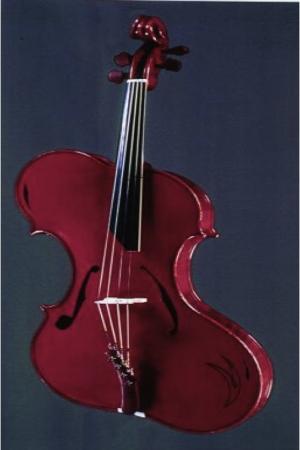 Re: mandolin evolution
Re: mandolin evolution
I've been thinking of all those old pieces about wanting to close the U.S. Patent office in the late 1800's because everything had already been invented.
And I've also been thinking about how few people even know what a mandolin is -- yes, because it's a niche instrument -- but also because it isn't a uniform instrument like, say, a harp. I'm not sure why the thought is that there's no change -- look at bowlbacks, ancient and modern; two-points, bandolims, flat tops, cylinder backs, reverse scrolls, side ports, scale length, five- and 10-strings and those lovely blue and green instruments that Sorensen and Girouard have posted on the 'in progress' string. No innovation? All the same color? Seriously?
--------------------------------
1920 Lyon & Healy bowlback
1923 Gibson A-1 snakehead
1952 Strad-o-lin
1983 Giannini ABSM1 bandolim
2009 Giannini GBSM3 bandolim
2011 Eastman MD305







 Reply With Quote
Reply With Quote














Bookmarks